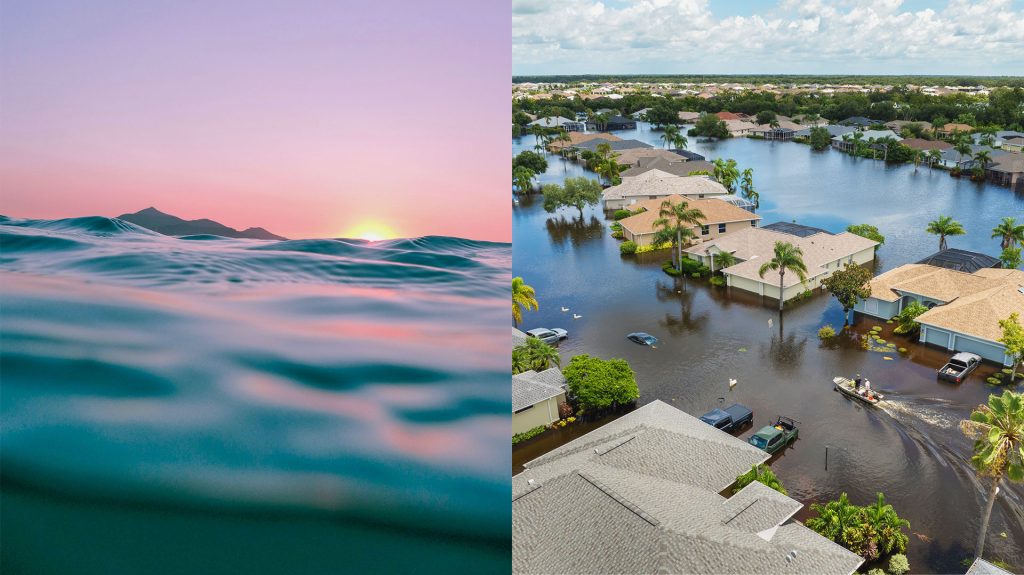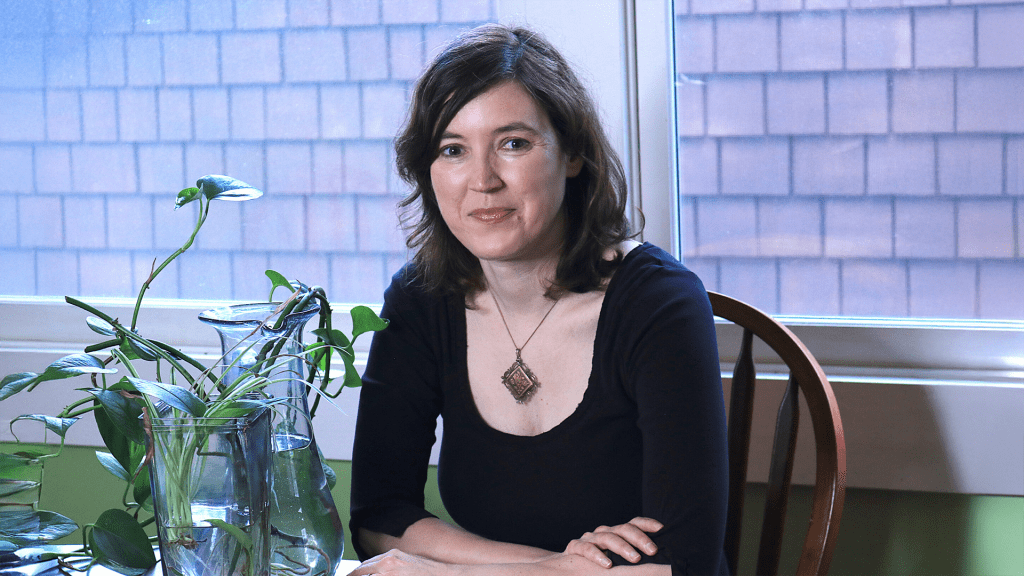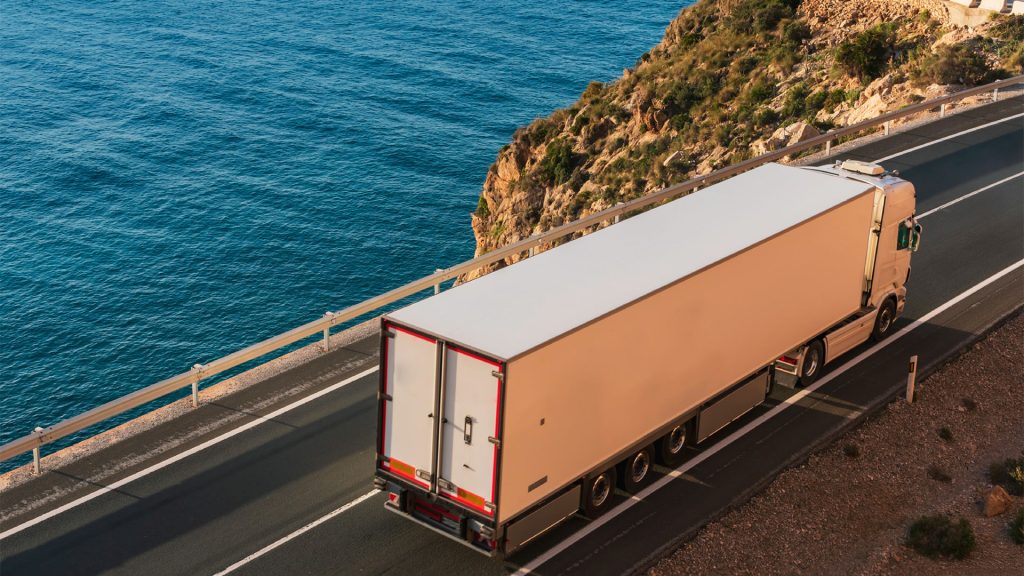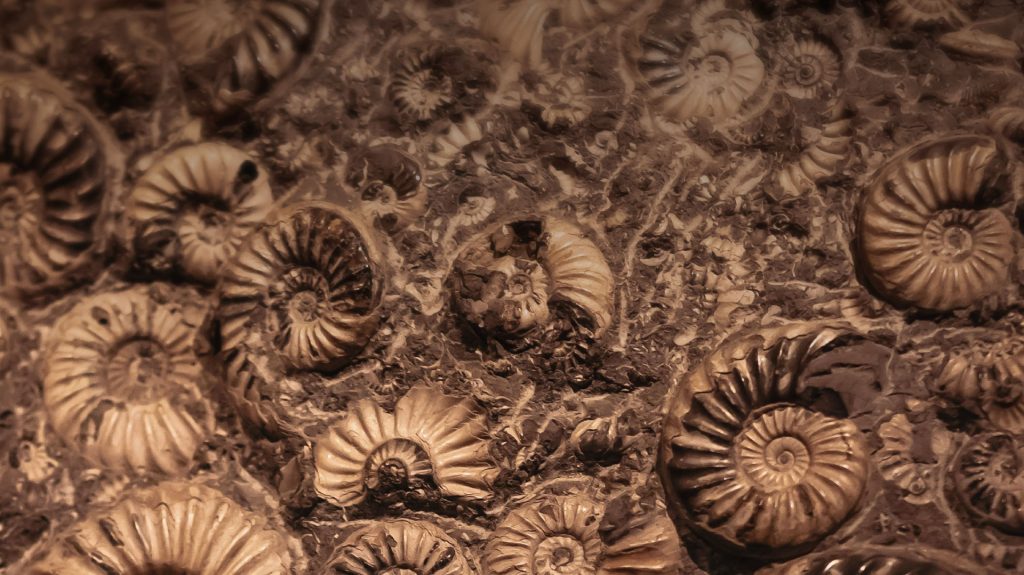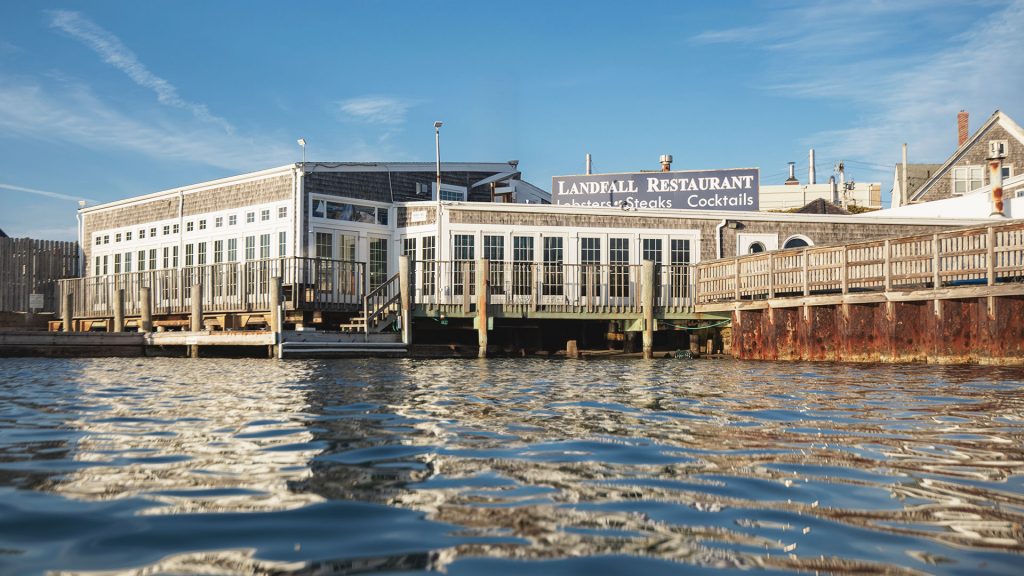Raising Awareness
News
NEWS RELEASES
Ice-Covered Arctic Lakes May Harbor Signs of Climate Change
Arctic coastal environments are some of the most vulnerable to climate change. A team of WHOI researchers visited Canada’s Mackenzie River Delta in April 2007 to find out just how vulnerable. Marine geochemists Tim Eglinton, Daniel Montluçon, and Angie Dickens, and geologist Liviu Giosan trekked into the frozen wilderness to drill through ice and water and into the sediments on the bottoms of lakes within the delta. Each spring, as the Canadian interior thaws and…
Should We Pump Iron to Slow Climate Change?
One of the solutions offered for the global greenhouse gas problem is the fertilization of the ocean; that is, spreading iron into the open ocean to promote the growth of floating microscopic plants. In at least 12 experiments over the past 14 years, researchers have shown that the presence of dissolved iron is critical to blooms of phytoplankton, which draw large amounts of carbon dioxide out of Earth’s atmosphere and deposit a fraction of it…
Climate Change in the Bottom of a Lake
Climate is often discussed in global terms, but it is the regional and local effects that will matter most to everyday people. WHOI geologist Jeff Donnelly and colleagues are looking closely at the regional effects of a past period of climate change, and it’s not all about rising temperatures. Between 5,400 and 3,000 years ago, the distribution and circulation of fresh water in New England fundamentally changed. Droughts persisted for hundreds of years; tree, plant,…
Rapid Sea Level Rise in the Arctic Ocean May Alter Views of Human Migration
Scientists have found new evidence that the Bering Strait near Alaska flooded into the Arctic Ocean about 11,000 years ago, about 1,000 years earlier than widely believed, closing off the land bridge thought to be the major route for human migration from Asia to the Americas. Knowledge of climate change and sea level rise in the Arctic Ocean has been limited because sediment cores collected from the floor of the Arctic Ocean have been taken…
Linking Climate Change Across Time Scales
What do month-to-month changes in temperature have to do with century-to-century changes in temperature? At first it might seem like not much. But in a report published in this week’s Nature, scientists from the Woods Hole Oceanographic Institution (WHOI) have found some unifying themes in the global variations of temperature at time scales ranging from a single season to hundreds of thousands of years. These findings help place climate observed at individual places and times…
WHOI | OCEANUS
Publications
IN THE NEWS - RESEARCH HIGLIGHTS
Study offers first definitive proof that Gulf Stream has weakened
“New research from the Woods Hole Oceanographic Institution offers the first conclusive evidence that the Gulf Stream has weakened. The powerful ocean current off the East Coast influences regional weather, climate and fisheries, and the finding could have significant implications both for New England and the global climate.”
What Happens to Marine Life When There Isn’t Enough Oxygen?
In September of 2017, Woods Hole Oceanographic Institution postdoctoral scholar Maggie Johnson was conducting an experiment with a colleague in Bocas del Toro off the…
Maine’s having a lobster boom. A bust may be coming.
The waters off Maine’s coast are warming, and no one knows what that’s going to mean for the state’s half-billion-dollar-a-year lobster industry—the largest single-species fishery in North America. Some fear that continued warming could cause the lobster population to collapse. To understand what’s happening to the ecosystem of the Gulf of Maine, says Glen Gawarkiewicz, an oceanographer at Woods Hole Oceanographic Institution, in Massachusetts, you have to look beyond it—see how it’s affected by the atmosphere, ocean currents, and rivers that flow into it.

